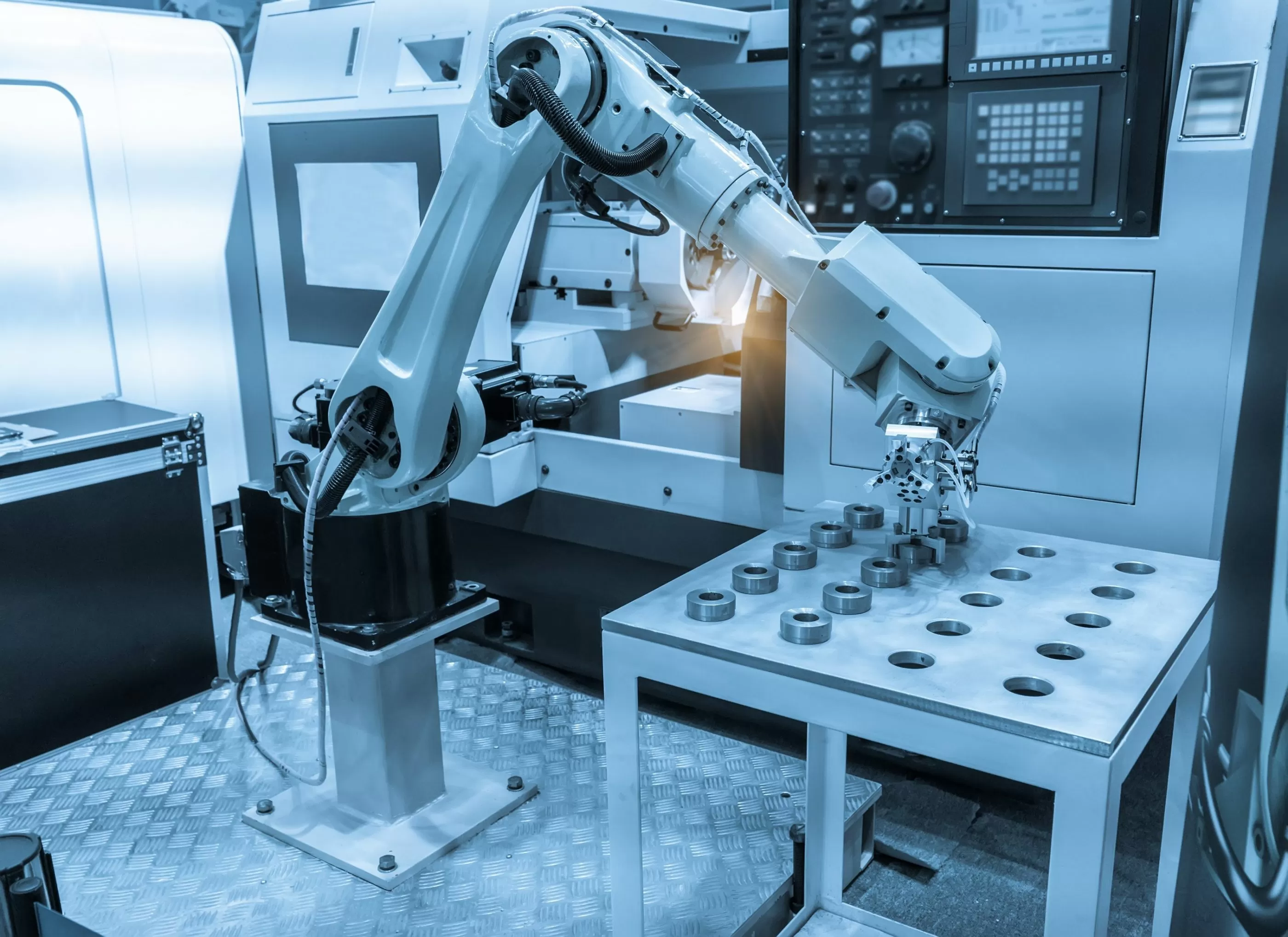Check out our White Paper Series!
A complete library of helpful advice and survival guides for every aspect of system monitoring and control.
1-800-693-0351
Have a specific question? Ask our team of expert engineers and get a specific answer!
Sign up for the next DPS Factory Training!

Whether you're new to our equipment or you've used it for years, DPS factory training is the best way to get more from your monitoring.
Reserve Your Seat Today
As the saying goes: everything that can be monitored, should be monitored. Whether by human eyes or digital sensors, staying aware of the condition of industrial equipment is the only way to prevent costly accidents and downtime.
For many large companies, factories, and municipalities in the oil and gas, power generation, and wastewater treatment industries, remote monitoring of important equipment is essential.
The issue is this: all industrial equipment will break. Time conquers everything. So, too, will the cities fall and the mountains crumble, but industrial equipment breaks down much more quickly. And companies rely on industrial equipment working until it is replaced to generate revenue above costs. So preventing breakdowns, for as long as possible, becomes imperative.
Industrial equipment is not monolithic. Any large asset, from a natural gas well to a circulation pond, is actually a cohesion of multiple smaller, overlapping systems. Problems occur within each of these systems. A valve gets stuck. A hose corrodes, springing a leak. A pump cavitates and loses pressure.
These are simple breakdowns - the failure of single components within complex systems. While not exclusively so, these are typically inexpensive to fix. Repairing or replacing the single part solves the problem.
However, before that single problem component is fixed, the rest of the system continues to try to work. The single problem then puts a strain on all the other components which interact with it. These components, which are now stressed, can begin to fail. This causes further related components to stress and fail. Soon, a major system tears itself apart. Now, the equipment's owner has a much more expensive problem to fix.
Of course, it doesn't stop there. Small businesses and remote municipalities may, in fact, have only one large piece of expensive equipment to watch over and maintain. But large companies and cities have much more than that.
The organizational structure of these institutions depends on the successful function of not one but many pieces of large equipment operating congruently.
When the pipeline breaks, the wells can't move their oil and the refineries have nothing to refine.
Ideally, there are redundancies built into the system. When the pipeline breaks, wells ship their oil on the train to another pipeline. But simply using redundancies increases costs. And if multiple stresses are placed on the system, the backups and bandaids may not be enough.
So, it's much better to solve the simple problems as they arise, rather than after they expand to a much greater scale threatening your company's bottom line.
But how exactly does industrial remote monitoring prevent or correct simple equipment problems? By monitoring everything that can be monitored, as continuously as possible. Some of this can be done by employing technicians to make regular inspection rounds.
Technicians can perform preventative maintenance based on historical failure timelines. Each of these methods leaves a gap, however - what if something breaks in between rounds, or ahead of schedule? Another issue - what if the equipment is so scattered that travel to and from a single site takes half a day?
Even were it possible to employ people to continuously physically monitor each important piece of equipment - each well-head, every wind turbine, every open-air pond - it would be far too expensive.
Instead, companies rely on remote monitoring. Machines can watch machines. It's critical to monitor all aspects of valuable industrial equipment - (whether it's for liquid processing or manufacturing. And to be alerted of any problems or concerns that you can proactively prevent damage or breakdown for this is critical to your bottom line.
Remote terminal units, or RTUs, are devices designed specifically to provide continuous monitoring of industrial equipment near and far. Whether you are monitoring equipment based on DNP3, Modbus, or other protocol equipment, or if you are seeking an effective method of monitoring medium or large sites, you need RTUs that are customized accordingly.
Custom sensors can help with monitoring things like fluid levels, temperature, and humidity conditions.
If an RTU doesn't have the ideal sensor to monitor a piece of equipment off the shelf, it can be customized. With an RTU on location, anything that begins to go wrong with a large industrial asset will be detected and reported.
Once each important piece of industrial equipment in a company or municipality is being monitored by RTUs, then company managers can watch their entire operation from a single location. This is an application of SCADA (Supervisory Control and Data Acquisition) technology.
In order for a SCADA system to be effective, the RTUs must be configured to communicate to master stations. Master stations collect the data from all the RTUs beneath them. Then they present the data on a central computer screen where company managers can see it.
Able to view the condition of all equipment, managers can effectively prioritize and schedule maintenance responses. If a single bolt is missing from a machine, they'll see it, and send someone out with a new one.
Industrial remote monitoring prevents system failure.
Continuous condition information from all important equipment enables maintenance to correct simple problems before they become complex. Doing so keeps maintenance costs down, and revenue delivery on schedule.
DPS Telecom has deep experience installing RTUs and Master Stations to create SCADA systems for large companies and municipalities. To improve your equipment monitoring and maintenance responses, reach out and get a quote today!
Image courtesy Shutterstock